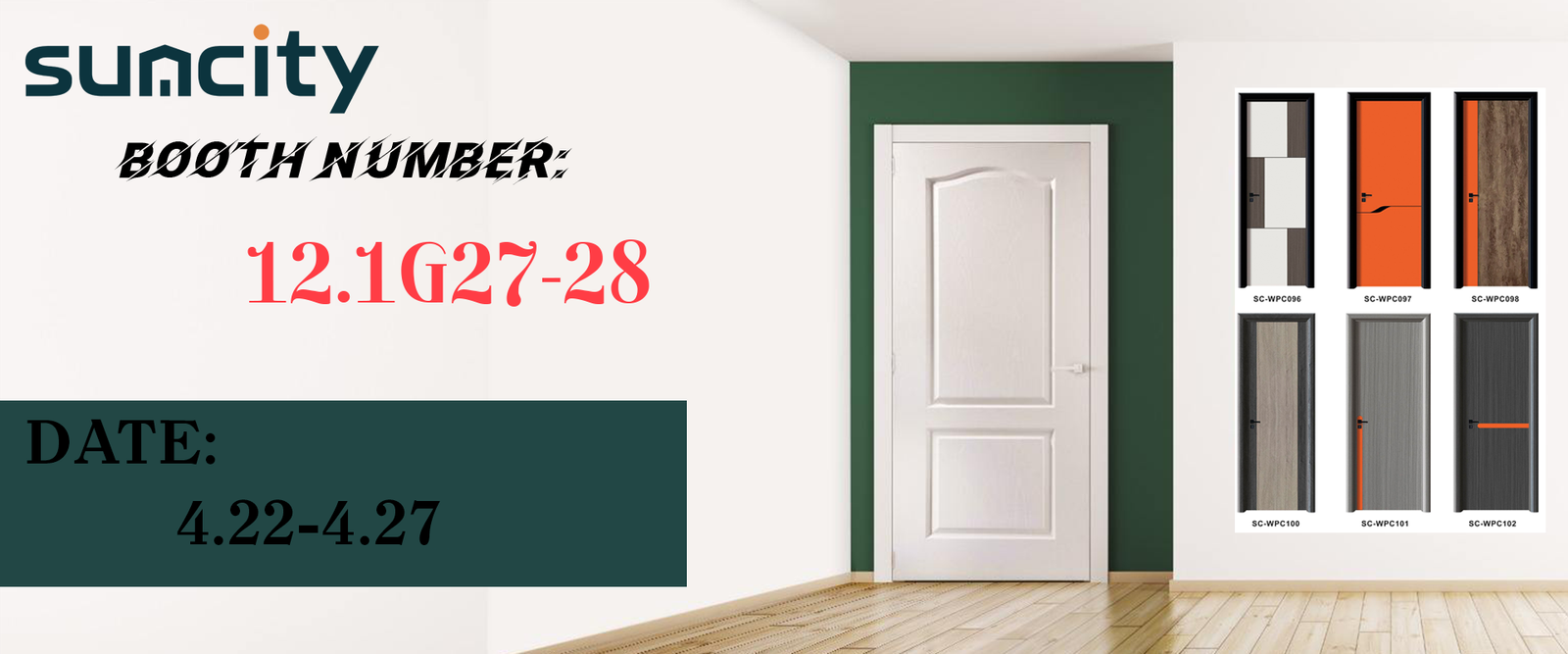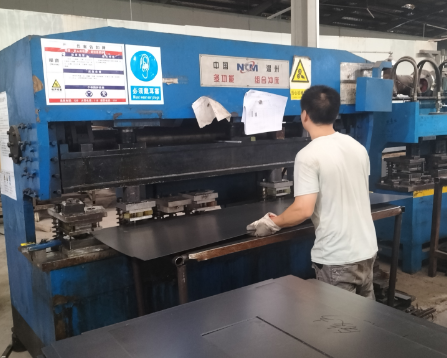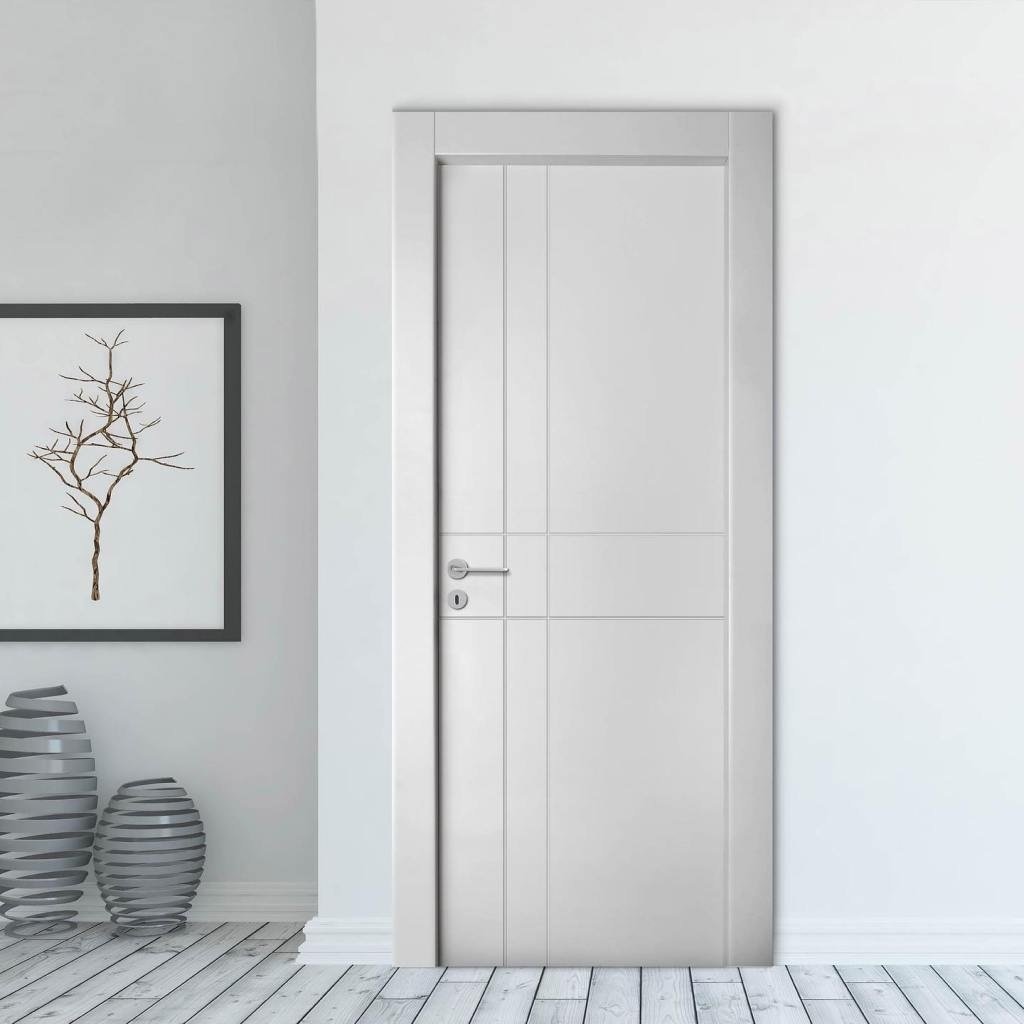Wood-plastic composite (WPC) materials, commonly referred to as “plastic wood,” “eco-wood,” or “environmentally friendly wood,” are made by combining primary biological materials like wood chips with plastic substrates. These materials leverage polymer interface chemistry and plastic filling modification, processed through special techniques to form a recyclable and sustainable material. WPC materials include wood chips, bamboo chips, straw husks, coconut shells, and recycled plastics like PE, PP, PVC, PS, and ABS.
WPC maintains the appearance and texture of natural wood while offering excellent moisture resistance, acid and alkali resistance, antifungal properties, anti-static properties, and insect resistance. Additionally, WPC products are fire-resistant, pollution-free, and 100% recyclable, embodying the advanced concepts of a circular economy and sustainable development. These features have garnered attention from governments worldwide, leading to the establishment of testing standards to support the development of WPC products.
Below are some of the EU standards for WPC products:
- BS DD CEN/TS 15534-2:2007 Wood-plastics composites (WPC) Part 2: Characterisation of WPC materials
- Density: EN ISO 1183-1, EN ISO 1183-3
- Moisture content: ISO 16979
- Heat deflection temperature (HDT): EN ISO 75-2, EN ISO 75-1
- Flexural impact-Charpy: EN ISO 179-1/1fU
- Tensile strength: EN ISO 527-1, EN ISO 527-2
- Tensile stain at break
- Young’s modulus
- Flexural modulus: EN ISO 178
- Flexural stain
- Flexural stress
- Creep behaviour
- Flexural-creep modulus: EN ISO 899-2
- Resistance to indentation – Brinell hardness: EN 1534
- Swelling and water absorption: EN 317
- Resistance against termites: EN 117 and Annex C of CEN/TS 15534-1:2007
- Resistance against basidiomycetes: ENV 12038 and Annex D of CEN/TS 15534-1:2007
- Resistance against soil inhabiting soft rotting micro-fungi: CEN/TS 15083-2 and Annex E of CEN/TS 15537-1:2007
- Resistance against discolouring micro-fungi: ISO 16869
- Resistance against discolouring algae: prEN 15458
- Linear thermal expansion: ISO 11359-2
- Limit oxygen index: EN ISO 4589-2
Additionally, compliance tests for harmful substances include REACH (SVHC), formaldehyde, phthalates, and polycyclic aromatic hydrocarbons.
WPC materials, with their excellent performance and environmental characteristics, have become essential in construction, furniture, and landscaping. Understanding these standards will help you better utilize and apply WPC materials in various projects.





